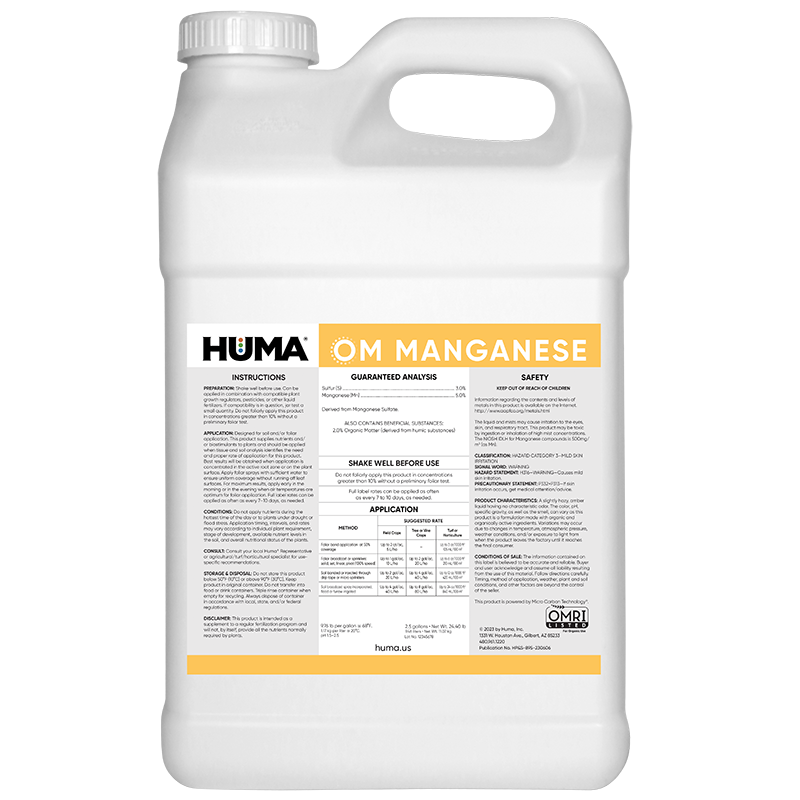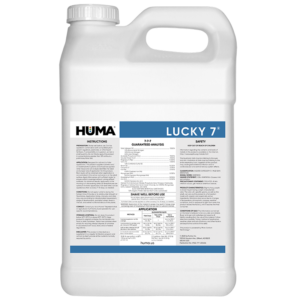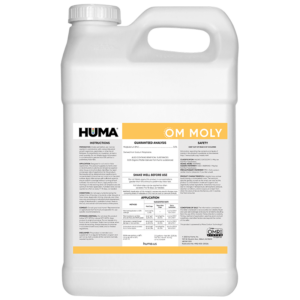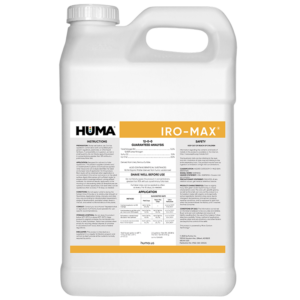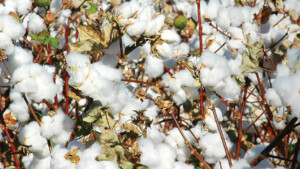OM MANGANESE
Benefits of Use:
- Effectively treats manganese deficiency symptoms
- An enzyme activator that aids in chlorophyll synthesis
- Closely associated with the micronutrients copper and zinc
- Activates the lipid enzymes
- Essential for assimilation of carbon dioxide in photosynthesis
- Functions in the formation of riboflavin, ascorbic acid, and carotene
- Improves formation of lateral roots
- Provides quick crop response and can be applied just prior to actual crop need
- Can be applied foliarly (according to label directions) without risk of phytotoxicity
- Can be effectively tank-mixed with other organic crop inputs
- Resists tie-up in the soil and remains available through the plant root system
Deficiency Symptoms-When to Apply:
- Chlorosis and/or mottling due to manganese deficiency
- Plants may be pale green to yellow-red in color between green veins on soybeans, tomatoes, and beets
- Tips of small grains turn gray to white (gray speck in oats)
- In neutral to alkaline soils high in calcium and in organic soils where manganese is
less available
FAQs
Related Products
Related Case Studies

Humic Products Increase Iowa Corn Yield
Background Scientific research shows humic and fulvic acids can have a biostimulant effect on plant root growth and mass, nutrient availability and uptake, and crop yield and quality. Objective The objective of this study was to compare and contrast the immediate effects that three types of humic products from Huma®, Inc. have on corn yield.

Huma® OM Liquid HA 16 With Micro Carbon Technology® Improves Spring Wheat Yield With 60% Increased ROI
Background Humic substances have been shown to improve crop yield. Solid and liquid forms of humic substances with high levels of organic acids can be produced by incorporating Micro Carbon Technology®. Some are suitable for conventional and others for organic farming. Huma® OM Liquid HA 16, OMRI-Listed for organic farming, is a liquid form of

Huma Pro® Mix, pH-Stable Liquid Humic Acid Product, Increases Corn Yield
Conducted by: Bruce Kirksey, PhD, Agricenter International, Memphis, Tenn. Huma® Product: Huma Pro® Mix Background Scientific research shows that humic and fulvic acids are biostimulants—enhancing nutrient availability and uptake, improving plant root growth and mass, and impacting both crop yield and quality. Humic acid products are not all the same. They are marketed in solid
Related Blog Posts

The Big, the Bold, and the Bill: What BBB Means for Ag
The Big Beautiful Bill was signed into law on July 4. At 887 pages, it certainly is big. As for being beautiful, that will be in the eyes of the beholders. Like most budget bills, depending on your point of view, the contents may resemble that famous Clint Eastwood film, “The Good, The Bad, and The Ugly.” But what does BBB specifically mean for agriculture?

Cooperation That Grows Communities
October is National Cooperative Month, a time to recognize the organizations that keep rural communities thriving. From providing essential services to marketing crops and supplying inputs, cooperatives embody the power of working together. Their member-owned model ensures that success is shared, making cooperation truly the foundation that grows communities.

This Week in Ag #76
Corn is made in July, soybeans are made in August.” That’s long been the belief of many farmers in the Midwest and much of the South. This is based on the reproductive stages of the various crops. For corn, pollination (tassel time), which usually takes place in early July, is the most critical phase in

